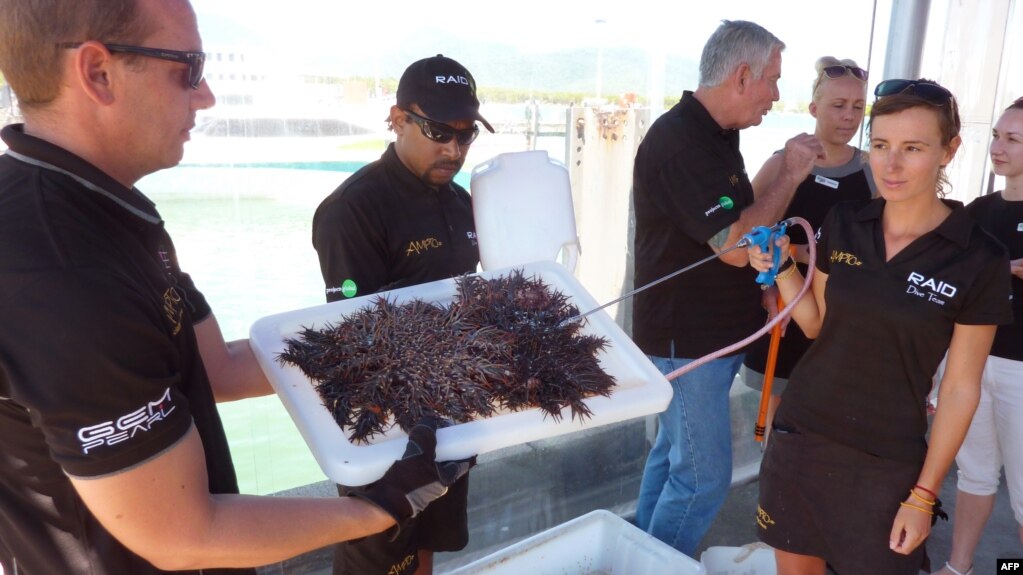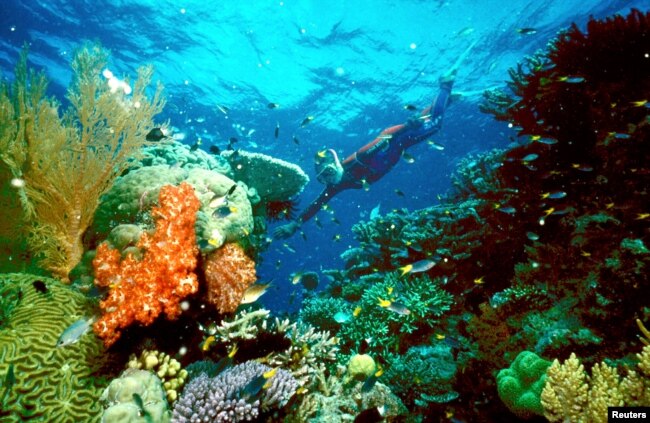David_42
Registered Democrat.
- Aug 9, 2015
- 3,616
- 833
- 245
This is good news. Well, depending on how you look at it.
Starfish Are Still Dying, But Here's Reason for Hope
Starfish Are Still Dying, But Here's Reason for Hope
It's been three years since millions of sea stars from Alaska to Canada and down to Baja, Mexico started wasting away into gooey white mounds. And although the destruction wrought by this disease shows no signs of stopping, the pace of the die-off has slowed.
That's partly because so many sea stars have already died, says Ben Miner, a marine biologist at Western Washington University in Bellingham. Some areas have seen up to a 90 percent decline in their populations. (Read aboutwhy millions of sea stars are 'melting' away.)
Scientists identified the likely culprit last year: A pathogen known as a densovirus, part of the same parvovirus group that can cause gastrointestinal problems in unvaccinated dogs. So they've shifted their efforts to monitoring sea star populations and investigating why this disease—probably caused by a very common ocean virus—is now rampaging through 19 species of sea stars.





